The Frog — The Real Stork in Pathology
By Brent Temple | March 1 2018 Illustration by Brent TempleThese days, accessibility to pregnancy tests isn’t given much thought, and here in the United States, one must look no further than a local drug store to find one. These tests are affordable, quick, and accurate. It wasn’t always this easy to find out whether someone was “expecting.” What helped the transition to create the pregnancy tests that we have today? Did you know that a frog helped to create a better solution?
Illustration by Brent TempleThese days, accessibility to pregnancy tests isn’t given much thought, and here in the United States, one must look no further than a local drug store to find one. These tests are affordable, quick, and accurate. It wasn’t always this easy to find out whether someone was “expecting.” What helped the transition to create the pregnancy tests that we have today? Did you know that a frog helped to create a better solution?
Absurd -and inaccurate- pregnancy tests are as old as human history. Egyptians used to urinate on wheat and barley to see if the seeds would sprout. Another cringe-worthy test included the insertion of onions while others were as simple as looking deep into the woman’s eyes to find the answer.
As doctors gained a better understanding of women’s health in the 20th century, it became increasingly important to know whether a woman was pregnant or not. Beyond planning for parenthood, confirmation of pregnancy is important because tests like X-rays could endanger a fetus.
In the late 1800s, scientists used methods such as looking for the “Chadwick’s sign”, a bluish discoloration of the cervix, vagina, and labia resulting from increased blood flow that is observed 6-8 weeks after conception. But in the 1920s, scientists experimented with the “rabbit test” in which rabbits were injected with a woman’s urine to see if it would induce ovarian hyperemia. If ovarian hyperemia occurred, this would indicate the presence of the hormone Human chorionic gonadotropin (hCG) due to the ovaries becoming redder in color from an increase of blood flow. Unfortunately, the test required the death of the animal to find the answer.
It wasn’t until the early 1930s that a scientist named Lancelot Hogben introduced the “frog test”—specifically using the African clawed frog (Xenopus laevis) for its genetic adaptability. Like the "rabbit test", this test also required injecting the animal with a woman’s urine. If the woman was pregnant, the frog would lay eggs within 24 hours. If she wasn’t, nothing would happen. But unlike the “rabbit test”, this was the first time it could be performed multiple times on the same animal because the test was not fatal to the frog. Because of this, clinical biochemistry laboratories had tanks of frogs to perform these pregnancy tests.
Scientists soon found a stronger connection to the chemical hCG, which is produced by the placenta and is what caused the frog to lay eggs when present. Because of what was learned from the “frog test”, scientists were able to eventually develop a chemical test that would indicate the presence of hCG, without needing to inject a frog with urine. This technology lead to the modern pregnancy tests we use today and revolutionized women’s reproductive health.
Read More About This |
Did You Know? The Electron Microscope - Harnessing Electrons to See Inside Cells@umichpath #PathologyDYK |
|
|
A History of Pathology in 50 Objects
|
How a Frog Became the First Mainstream Pregnancy Test |
|
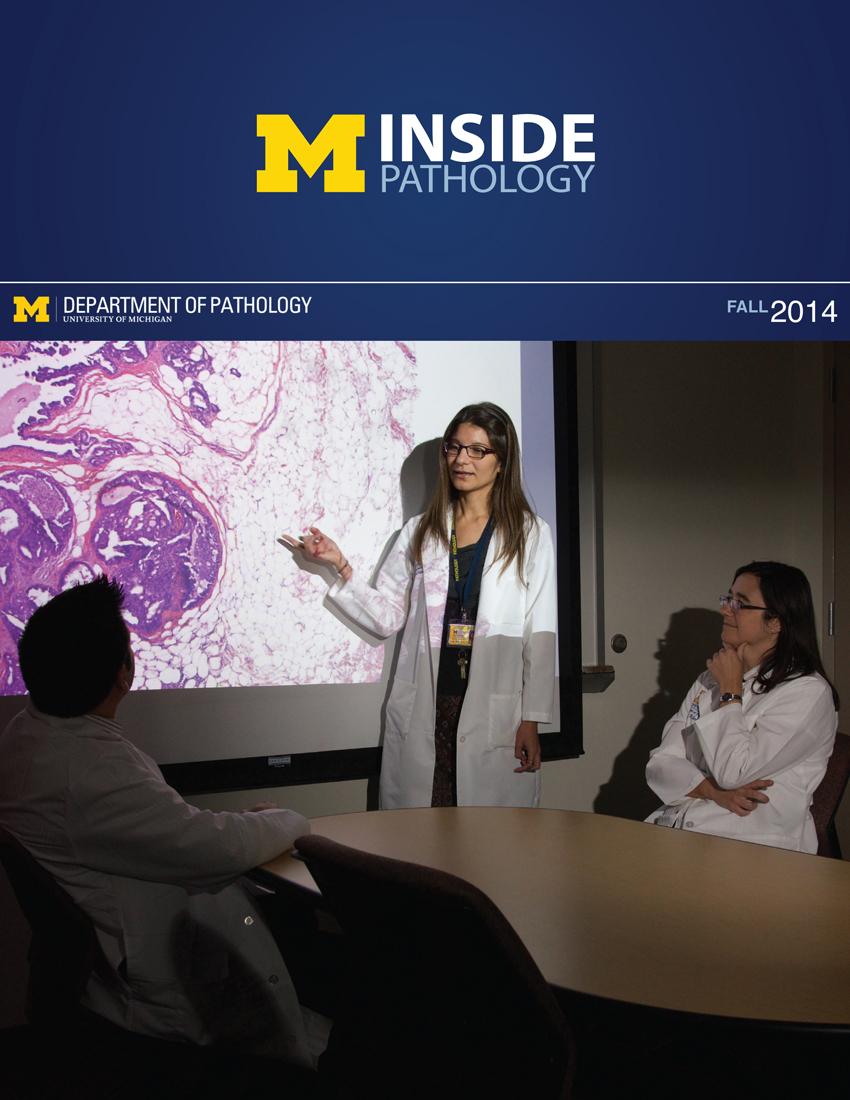 ON THE COVER
ON THE COVER
 ON THE COVER
ON THE COVER
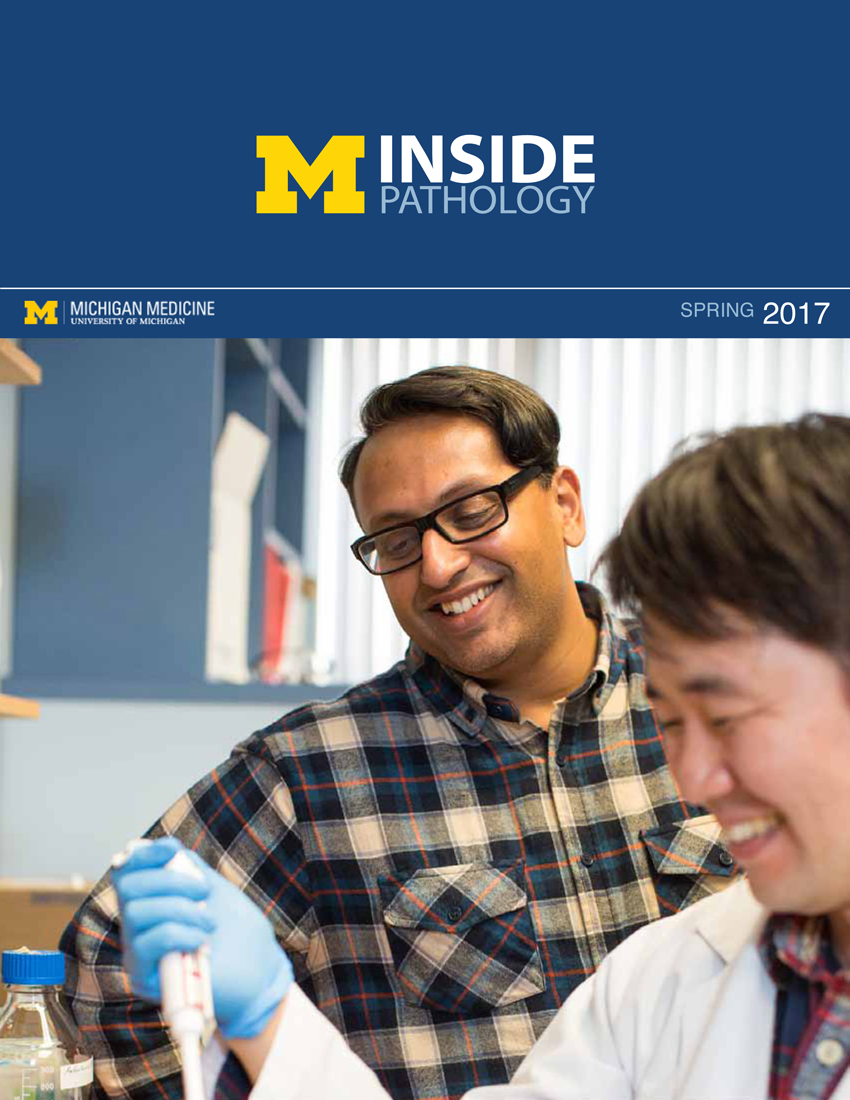 ON THE COVER
ON THE COVER
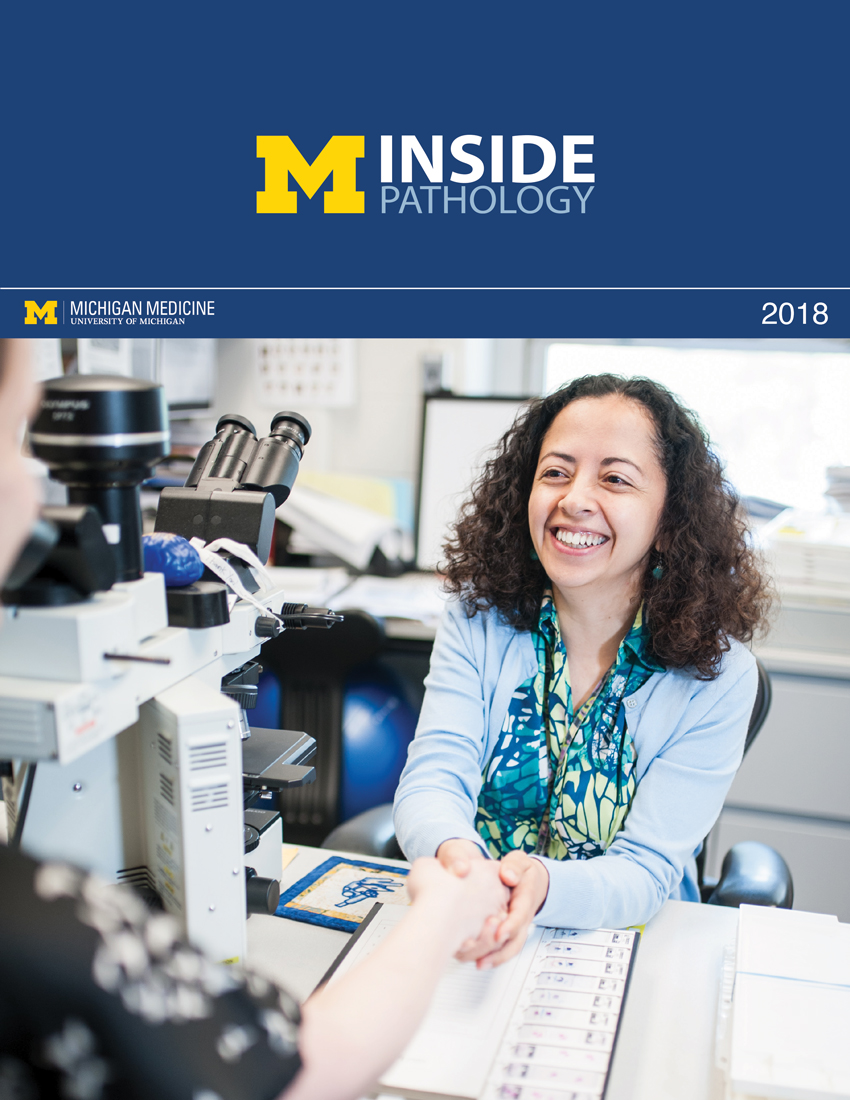 ON THE COVER
ON THE COVER
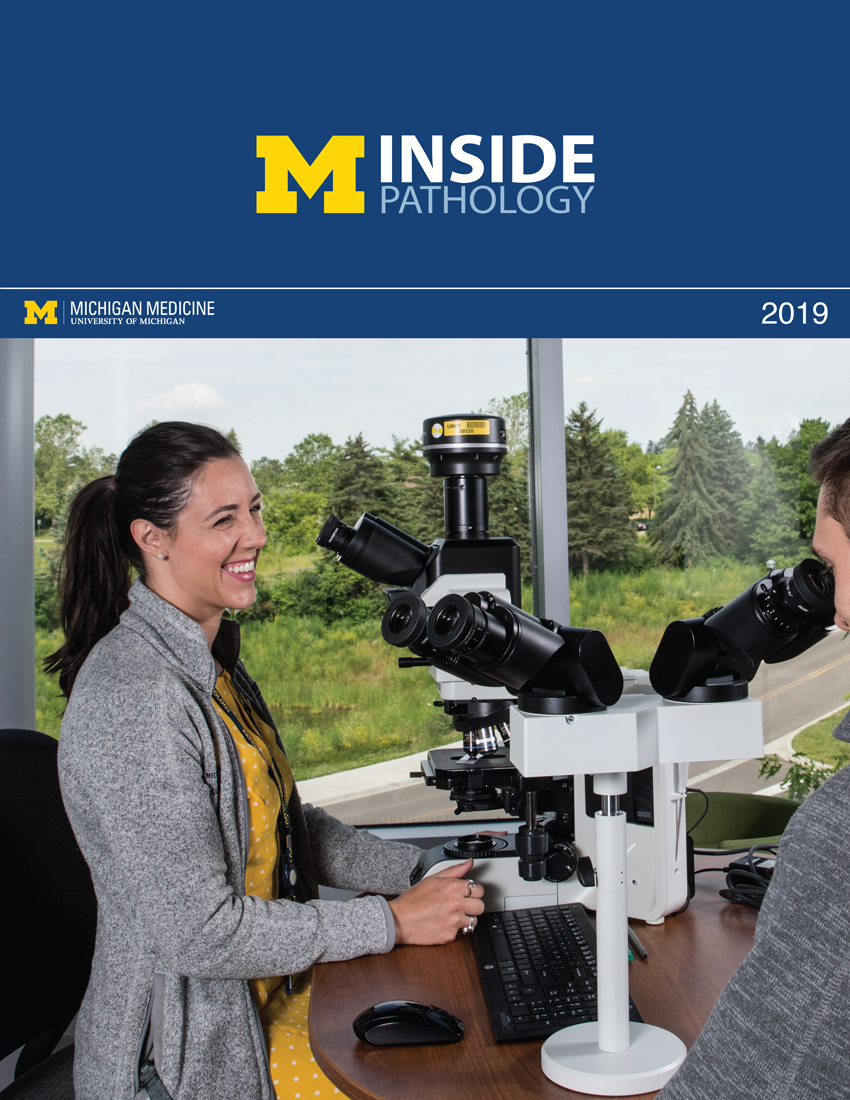 ON THE COVER
ON THE COVER
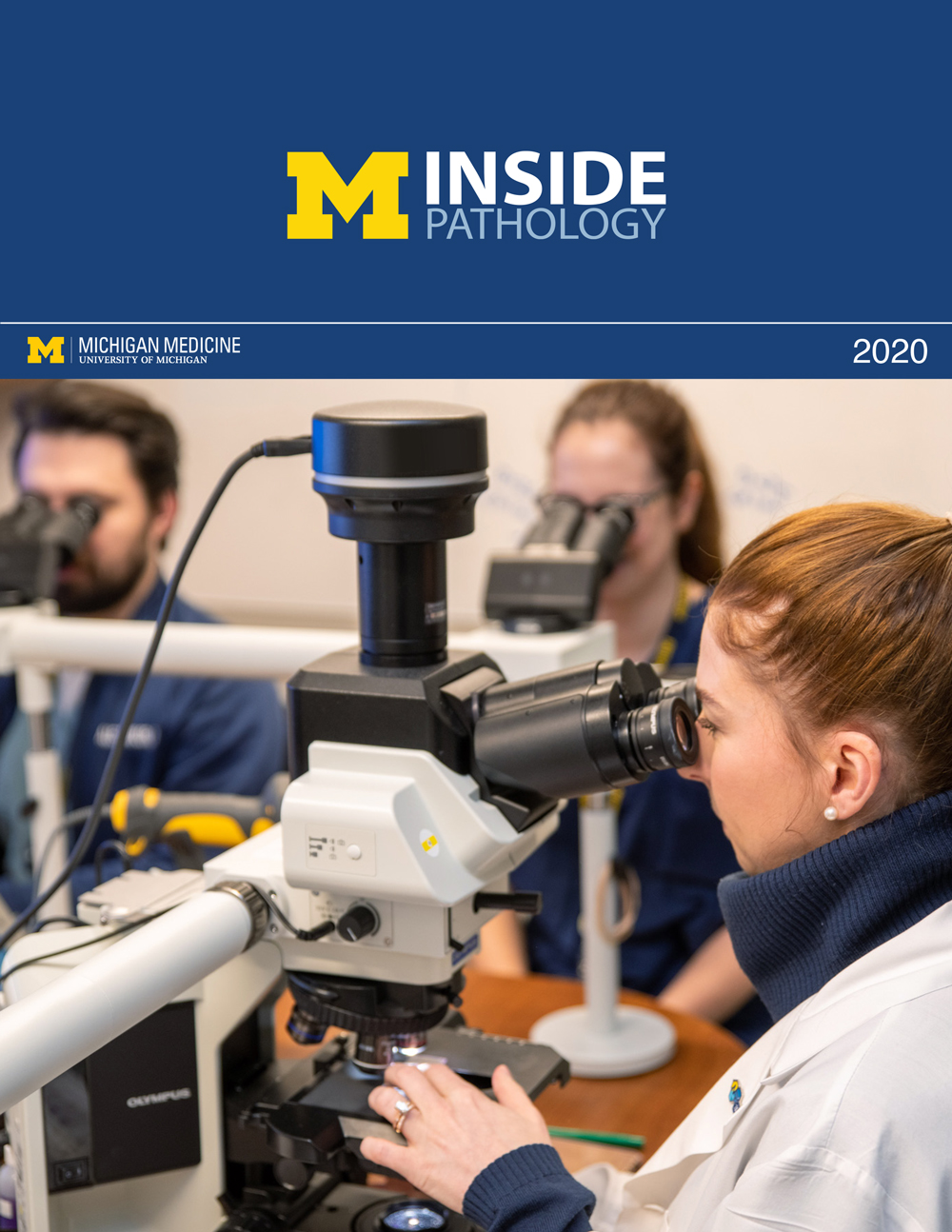 ON THE COVER
ON THE COVER
 ON THE COVER
ON THE COVER
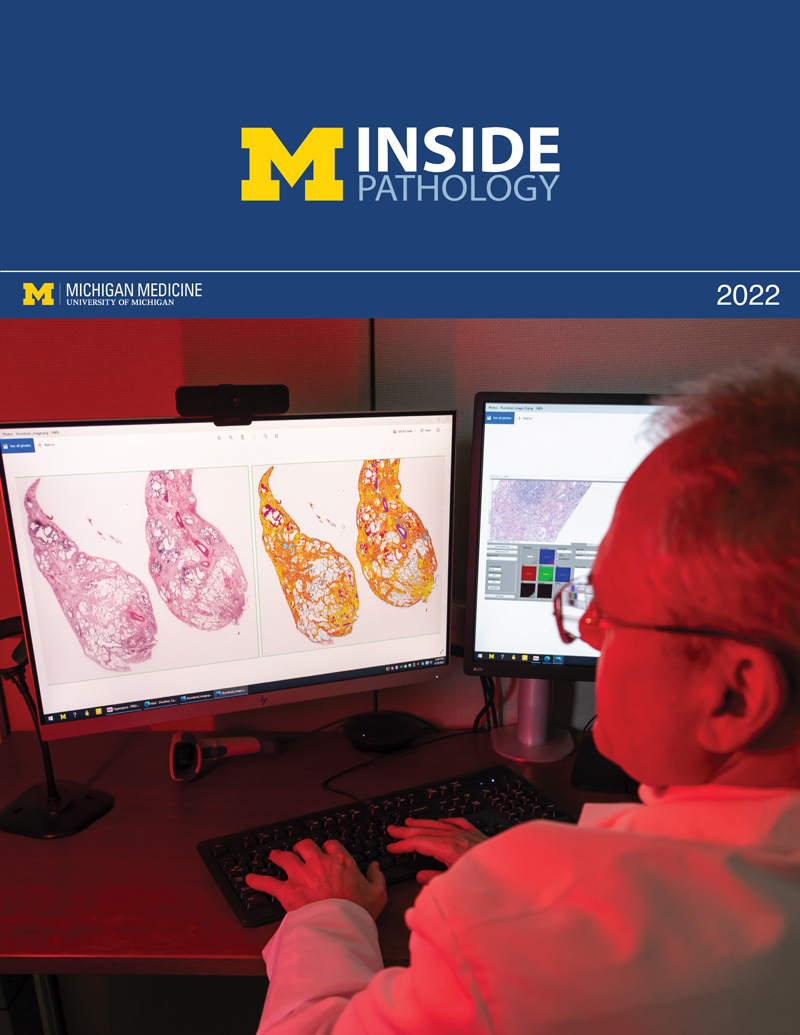 ON THE COVER
ON THE COVER
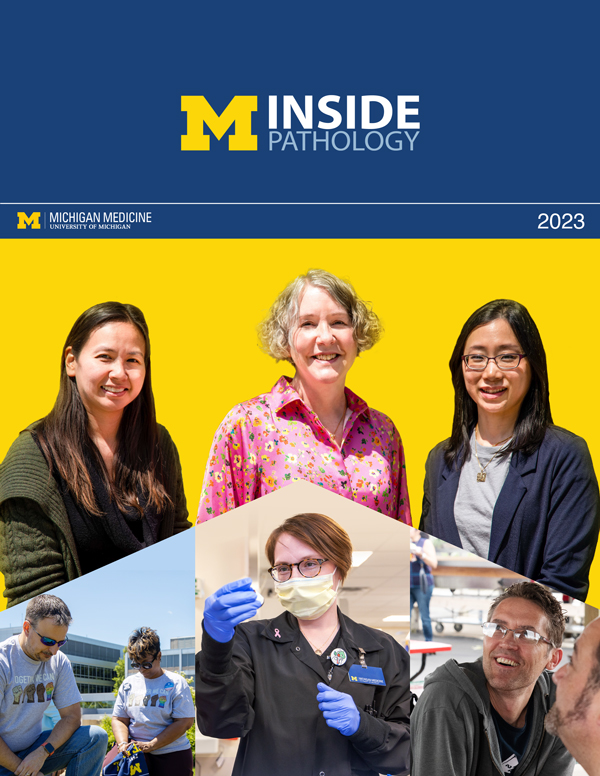 ON THE COVER
ON THE COVER
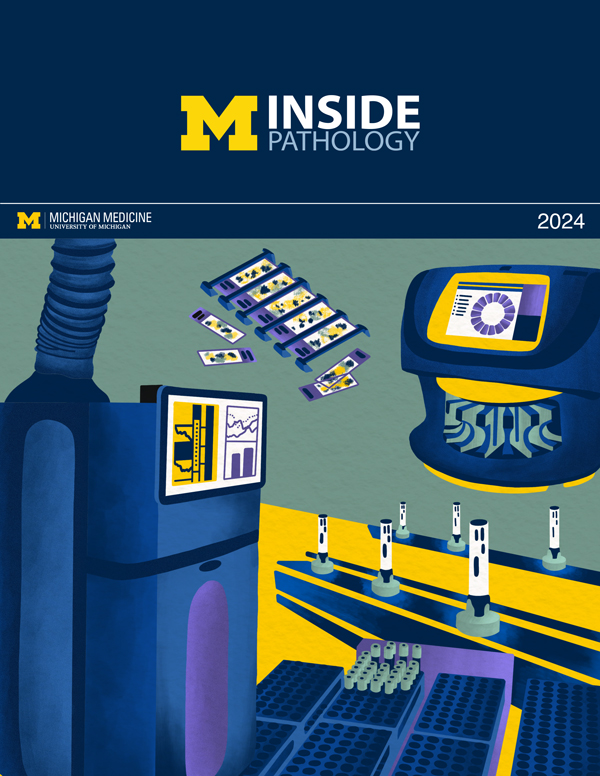 ON THE COVER
ON THE COVER
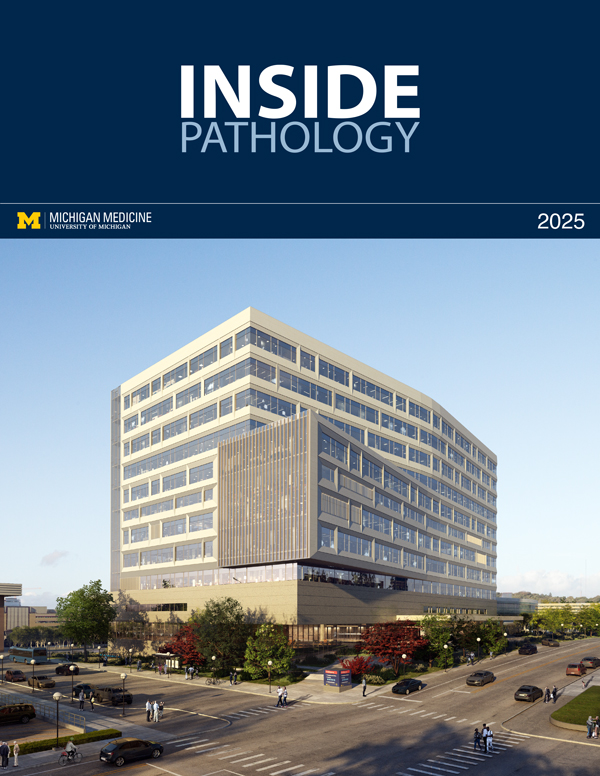 ON THE COVER
ON THE COVER
